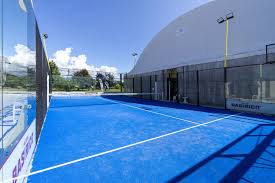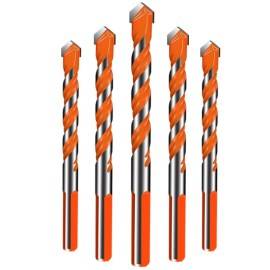In the dynamic world of racquet sports, padel is rapidly gaining ground alongside the more traditional squash. As the demand for high-quality equipment surges,
understanding the nuances of padel and squash manufacturing becomes imperative. Both sports, while distinct in their own right, offer unique challenges and opportunities for manufacturers aiming to supply top-tier equipment that meets the rigorous standards of professional and amateur players alike.

Padel has blossomed from its roots in Mexico to become a global phenomenon, particularly thriving in Europe and Latin America. This sport demands equipment that can withstand the intense gameplay characterized by rapid volleys and complex shot-making. Unlike squash, which has a rich history and well-established equipment standards, padel is relatively new but evolving quickly with innovation at the forefront. Manufacturers who are leading the market are those investing heavily in research and development, focusing on advanced materials and design innovations that enhance player experience.
Squash, with its global tournaments and a significant following, brings its own set of manufacturing challenges. The focus here lies in precision and consistency. High-performance squash rackets are crafted using advanced composites such as carbon fiber and titanium to ensure optimum strength-to-weight ratio. Precision engineering is key, as the racket needs to offer perfect balance and control, vital for the swift rallies that are hallmark to the sport. Similarly, squash balls are produced with exacting specifications to endure the intensity of play while providing reliable bounce and durability.

For a manufacturing entity diving into this dual-sport niche, it is crucial to leverage technological advancements while understanding the specific demands of each sport. Padel racket production, for instance, is increasingly incorporating three-dimensional modeling and simulation technologies. This allows for experimenting with aerodynamics and weight distribution in virtual environments before actual production. Latest trends in manufacturing also highlight the shift towards eco-friendly materials, appealing to the environmentally conscious consumer base.
From an expertise perspective, partnerships with professional players and coaches can lend a significant edge. Such collaborations offer direct insights into the performance metrics expected at competitive levels, thus fine-tuning equipment design to real-world requirements. In the squash sector, feedback loops with academies and clubs can further refine product offerings, ensuring that the equipment aligns with evolving play styles and coaching techniques.
padel squash factories
Building trust and authority in this market necessitates transparency and a commitment to quality. Certification from recognized sports authorities can serve as a testament to the durability and performance of the equipment produced. Regularly updated ISO certifications and compliance with international manufacturing standards are essential for establishing credibility. Furthermore, engaging in thorough quality control processes and backing products with warranties can enhance consumer trust.
The intersection of padel and squash in the manufacturing world also opens up discussions around innovation in racket technology. For instance, hybrid design elements that integrate features beneficial to both sports could be an exciting avenue for future product lines. Such innovations not only capture the interest of players but also stand out in a competitive market.
Content marketing aimed at educating consumers about the intricacies of padel and squash equipment can further bolster a brand's reputation. Detailed guides on selecting the right gear based on playing style, skill level, and physical attributes can position a manufacturer as a thought leader in the industry. Moreover, creating content that explores the history and evolution of these sports enriches the brand narrative, fostering a deeper connection with the audience.
In conclusion, success in the padel and squash equipment manufacturing arena requires a blend of innovative technology, expert insights, and a firm commitment to quality and sustainability. By aligning product development with the latest trends and embedding a culture of continuous improvement, manufacturers can secure their position as leaders in this burgeoning market. This approach not only attracts a loyal consumer base but also sets a foundation for sustainable growth and long-term success in the exciting world of racquet sports.



